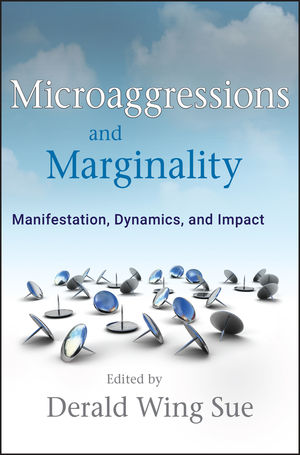Douglas Todd: Mixed unions applauded by some, but dismissed by others as brownwashingPosted in Articles, Canada, Census/Demographics, Media Archive, Social Science, United States on 2015-07-25 02:37Z by Steven |
Douglas Todd: Mixed unions applauded by some, but dismissed by others as brownwashing
The Vancouver Sun
Vancouver, British Columbia, Canada
2015-07-24
Douglass Todd, Vancouver Sun columnist
Ethnically mixed couples — involving whites, blacks, Japanese, Hispanics, Chinese, South Asians or others — were heralded not long ago as the wave of a tolerant, open, non-racist future.
National Geographic and Time magazine ran cover features with photos of mixed-race people, celebrating The New Face of America. The hero in the Warren Beatty movie, Bulworth, trumpeted inter-marriage as the way to end racial discrimination.
Polls consistently reveal many whites, blacks, Asians and others are attracted more to other ethnicities than their own, particularly for dating. British writer Laura Smith, who has a Guyanese mother and Scottish father, says she’s often told her mixed-race children “look cool.”
In the age of multi-ethnic celebrities such as Paula Abdul, Vin Diesel, Barack Obama, Tiger Woods, Halle Berry and Mariah Carey, Smith, who frequently writes about mixed unions, says white mothers, in particular, confess to her they yearn for mixed offspring; they want a society that’s less white and more “brown.”
But three cultural trends are shaking up this utopian dream, which places inter-ethnic couples at the vanguard of cultural fusion…
…Scholars SanSan Kwan and Kenneth Spiers, editors of Mixing it Up: Multiracial Subjects, also maintain the melting pot ideal, in which people of different ethnicities inevitably join up to make babies together, is a “problematic” form of “brownwashing.”
“To embrace a ‘brown’ or raceless society and to dispense with concepts of race are to deny the beauty there is in difference,” say Kwan and Spiers.
“Brownwashing hopes to erase the ugly patterns of racism and in one grand gesture homogenize us all.”
Roosevelt University Professor Heather Dalmage’s book also questions the vision of a society replete with mixed marriages. In The Politics of Multiracialism: Challenging Racial Thinking, contributors criticize white people who seek a “colour-blind” society, claiming they just want to deny the prevalence of racism.
British researcher Miri Song, of Kent University, also suggests a Western inter-marriage involving a white person can lead to questionable “assimilation,” in which the ethnic minority loses their identity to the so-called “dominant culture.”
Instead of being a sign of cultural success, Song writes, mixed marriages could “engender deep ambivalence” for minority members…
Read the entire article here.
